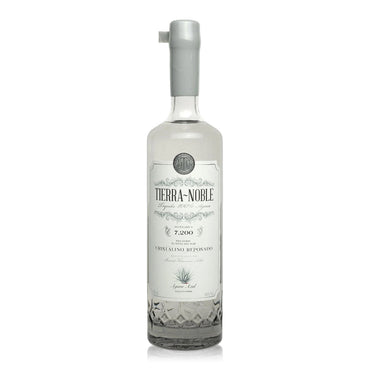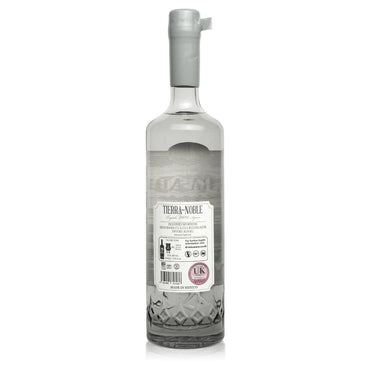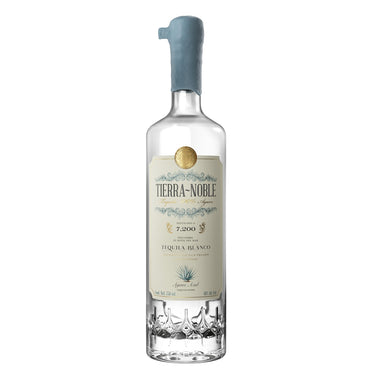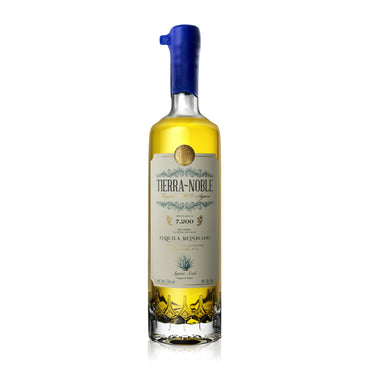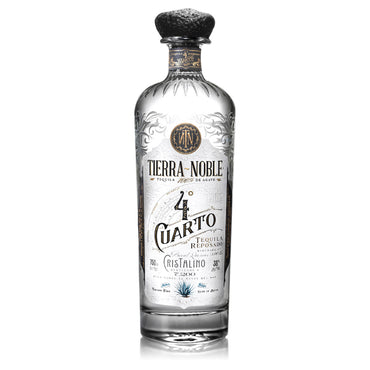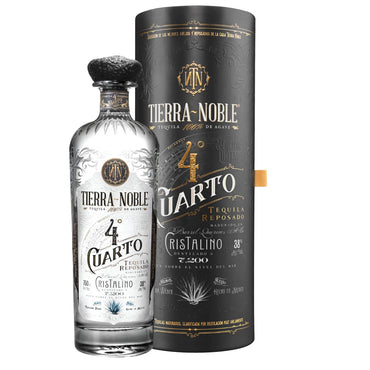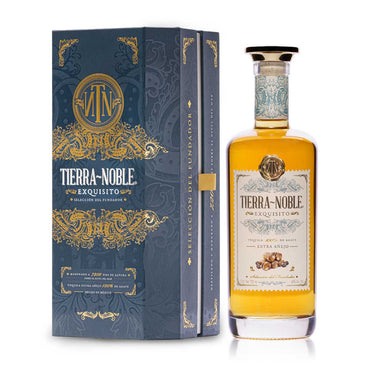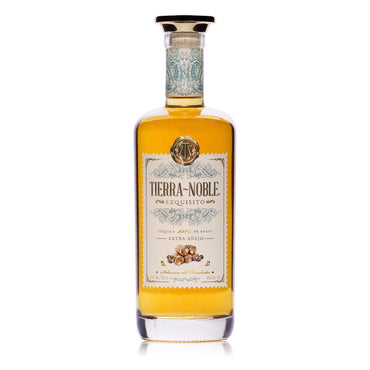



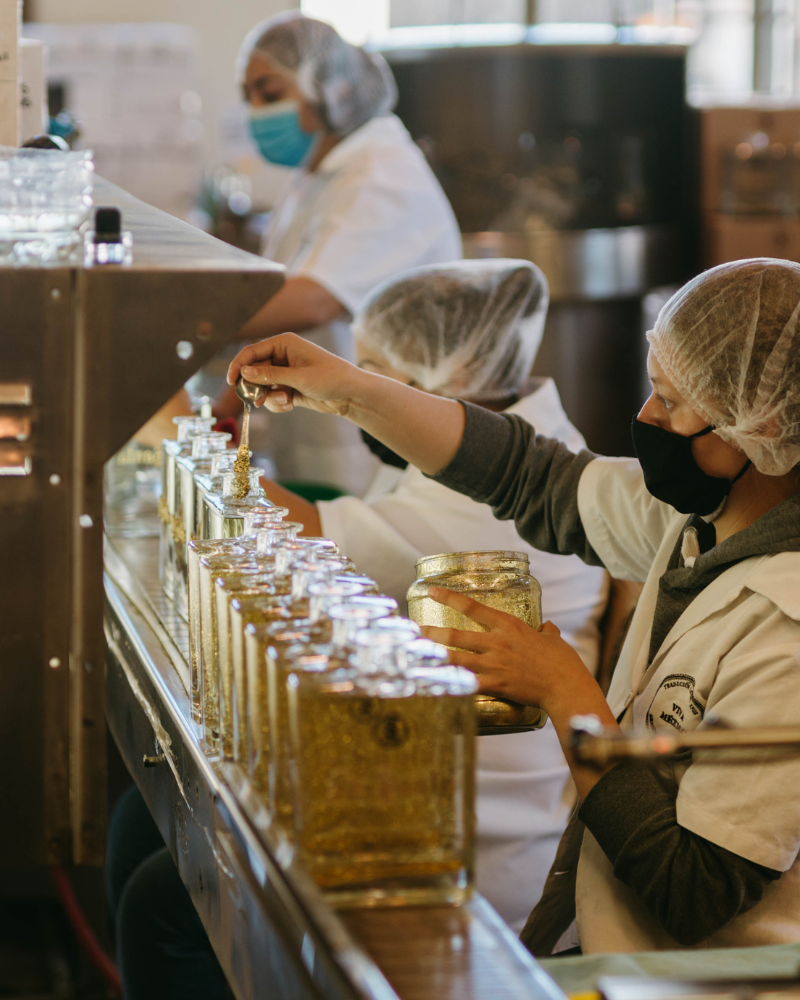



The distillery, La Estacada, is located at 7,200 feet above sea level. The cooler temperatures at this altitude lead to a slower fermentation process, which helps to preserve the delicate aromatic richness of the agave and develop a more nuanced flavor profile.
Malolactic fermentation is a secondary fermentation process, more commonly found in winemaking (especially Chardonnay), that converts malic acid to lactic acid, contributing buttery and softer notes. It's unique in the tequila industry and adds a surprising depth and complexity to Tierra Noble's profile.
No, Tierra Noble distinguishes itself by sourcing 8-10 year-old blue agaves from both the "Valle de Tequila" (known for aromatic complexity) and "Los Altos de Jalisco" (known for herbal and sweet notes), creating a multi-regional blend for a more complex and balanced spirit.
Yes, Tierra Noble specifically uses Montpelier wine yeast during its slow, high-altitude fermentation, which is another factor contributing to the preservation of the agave's aromatic richness.
Tierra Noble uses barrels made from both 75-year-old American white oak and 150-year-old French white oak. These aged barrels, combined with the cold temperatures in their barrel rooms, gently impart softness and complex aromas to the tequila.


